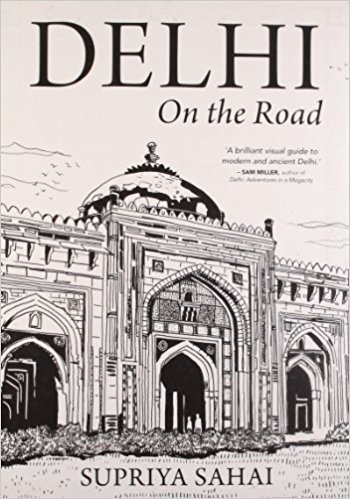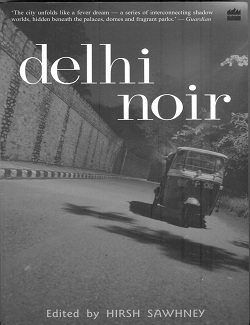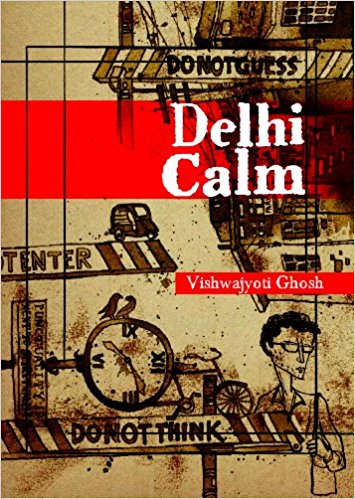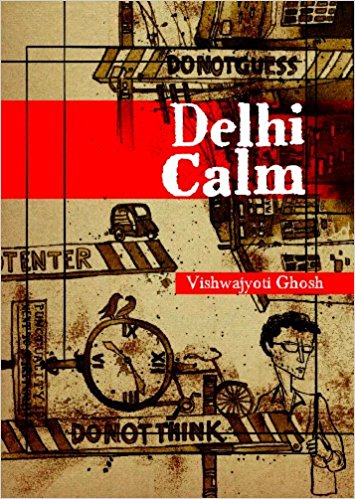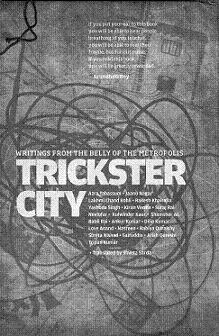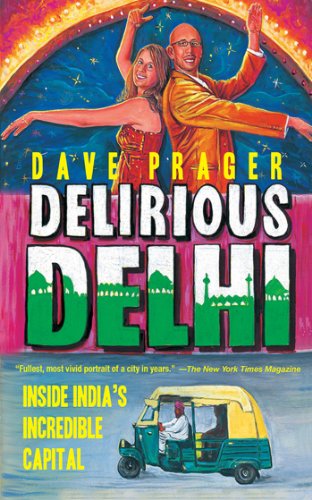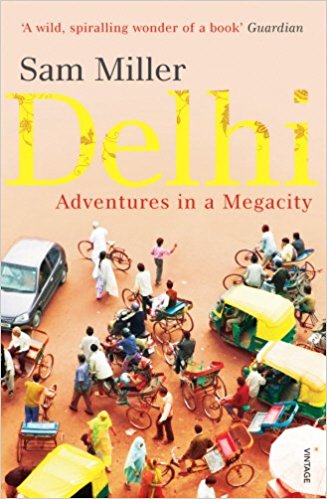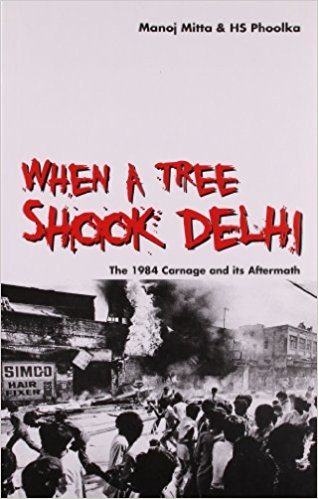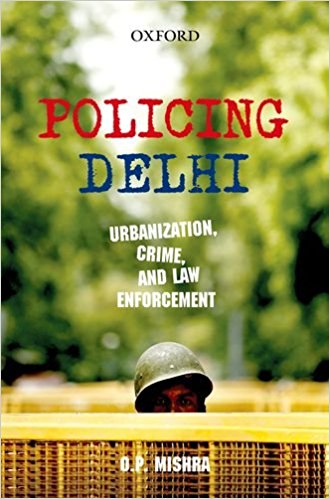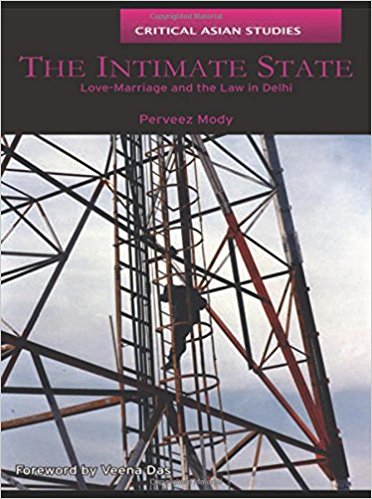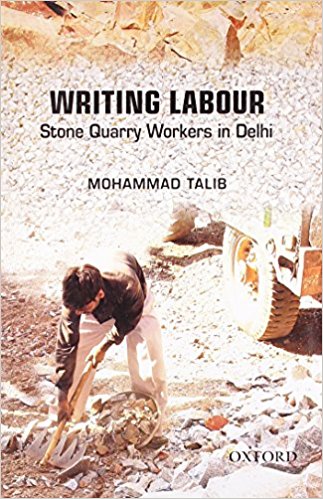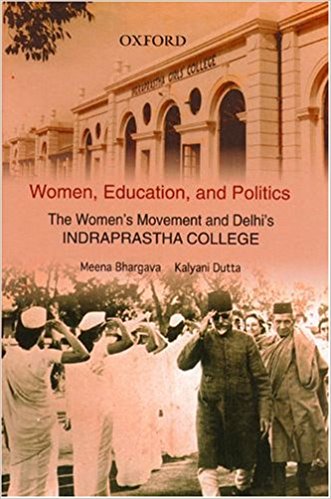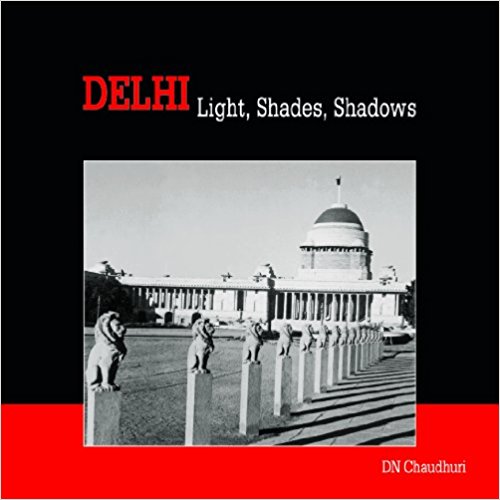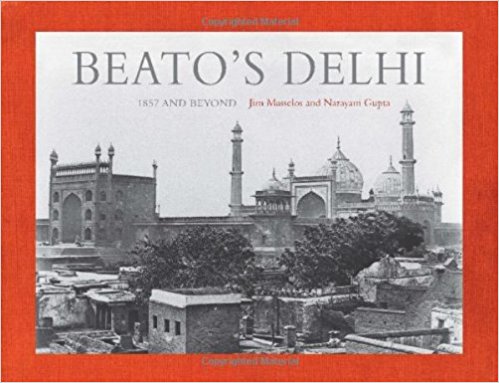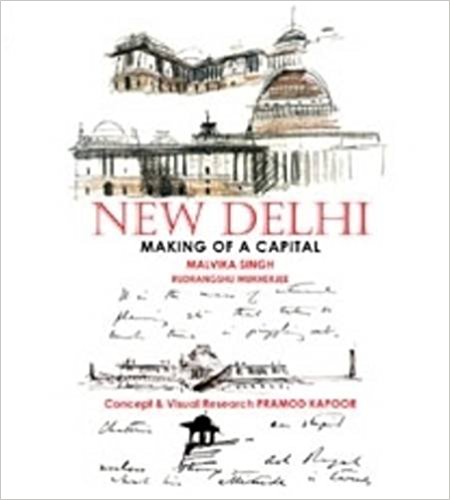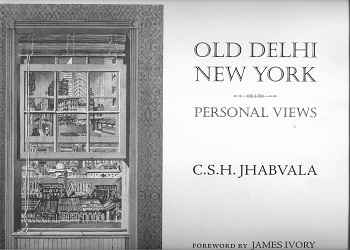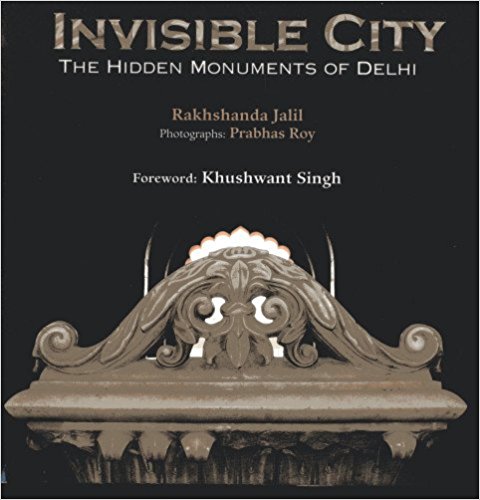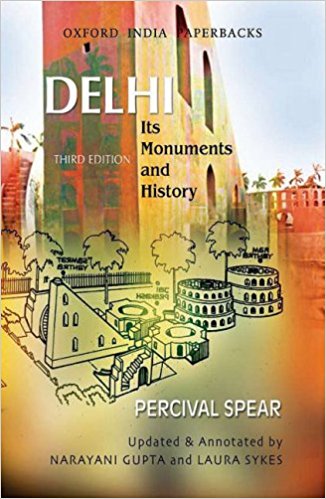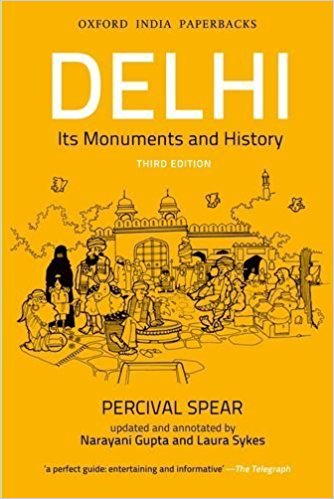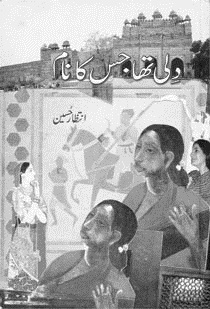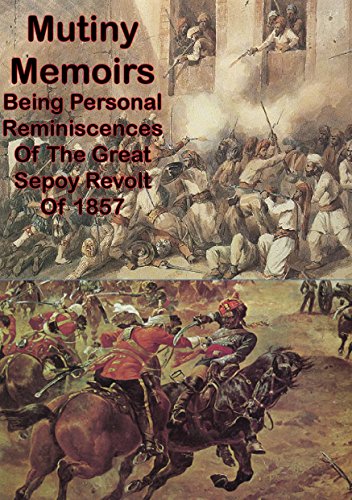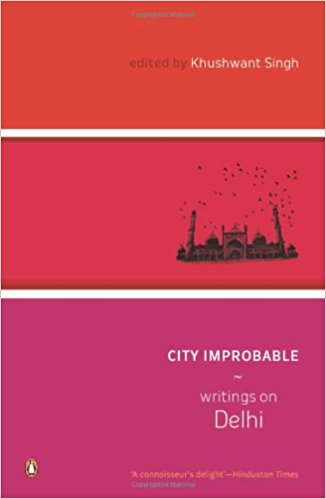It is notoriously easy to dislike Delhi. It is a fast, arrogant, ugly urban sprawl lacking basic infrastructure. It is populated largely by immigrants who are too busy getting ahead to notice the city or to make room for anyone. It is a city that forces its association on you and overwhelms you with a shameless brio…
Archives
January 2012 . VOLUME 36, NUMBER 1The city of Delhi has lived and died many times, it has reinvented itself many times over. In every age, it has had the good and the bad-the mushairas have thrived alongside prostitution rings. Those that have inherited this historical sense know that the good and the bad coexist. They take the darker side of Delhi in their stride…
2012
History, notoriously, is not about the past.-Amitav Ghosh in The Man Behind the MosqueVishwajyoti’s Ghosh’s Delhi Calm reminds one of the daily calm that is being witnessed along with the daily alarm of scams, jams, inflation and general deflation of spirits. The phrase ‘India shining’ was the buzzword…
2017
History, notoriously, is not about the past.-Amitav Ghosh in The Man Behind the MosqueVishwajyoti’s Ghosh’s Delhi Calm reminds one of the daily calm that is being witnessed along with the daily alarm of scams, jams, inflation and general deflation of spirits. The phrase ‘India shining’ was the buzzword a few years back…
2012
Trickster City is an extraordinary collection of stories, anecdotes, observations, biographical fragments about arrival, about belonging, about identity and about the fragility of existence. It is about a Delhi that is known and yet unfamiliar. Moving away from the easily recognizable, historically rich and elitist neighbourhoods…
‘Delhi is whatever you make of it’, muses New Yorker Dave Prager in Delirious Delhi, the Capital’s latest travelogue-cum-survival guide. ‘Every person defines Delhi for his or her self, and no two Delhi struggles are the same. At any given point, your experience will be the exact oppo-site of my experience, and we’ll both be right.’..
I picked up Delhi: Adventures in a Megacity with much excitement and expectation. Excitement came from personal reasons for reading something new on ‘my’ city, a home that I returned to after some years of living out. Expectations grew by reading its cover and the first two printed pages dedicated to the praises for the book by some of the authors whose own writings on Delh…
To those who lost family members, the 2733 lives extinguished in four days in the capital of the world’s largest democracy is a deep chasm which has destroyed the lives of those who had to carry on living.
The task of policing in Delhi is far more complex than any metropolitan city in India. The author, a serving police officer in Delhi, has done an excellent job of telling his readers why it is so. He has analysed in detail the nature of policing the largest city and capital of the country in the background of its history and problems peculiar to it.
In a court complex in New Delhi, Tis Hazari, room number 137C is a rare liminal space where India’s colonial past, intimacy, marriage, norms, love and law collide and merge. It is here that the secular freedom to marry afforded by the 1872 Civil Marriage Act is utilized by couples in love. To marry under the Civil Marriage Act in India…
In Delhi, the social, cultural, psychological and political universe of the large-scale labour in the informal sector have so far been researched only in nascent form. Characteristic of the migrants to Delhi, as of the labour in other cities, is a very high geographical, sectoral and professional concentration. Moreover, the poor, low caste…
It is through the situated/local that several important historical interventions have been made regarding the national/general. Overarching theoretical formulations are invaluable conceptual tools that get their competence from historically and materially specific events. Women’s Studies is one of the disciplines where we see this emphasis on the situated with a political force…
On many a bright winter day, we would see an English family sipping beer or tea in their flowering garden, with a couple of spaniels or retrievers, jumping around them, playing with a tennis ball.Something about this city, lingers… its formidable fortress looking across an imaginary river, the spirited galis, the pungent trail of an open bazaar, soft yellow light filtering through trees in the autumn…
This is essentially a pictorial record of a pivotal moment in India’s history, but also a timely tribute to Ravi Dayal, the renowned publisher. Dayal, who married Khushwant Singh’s daughter Mala, passed away in 2006. He is not only remembered for his role in encouraging new authors but also for his intuitive sense of history…
Edifices and monuments are built. Cities grow and evolve over time. There have, however, been exceptions. Mohammad bin Tughlak’s Daulatabad was one. The mad emperor, as some thought of him, ordered that his capital in Delhi be abandoned and the Court be established hundreds of miles south in the Deccan…
Delhi then and Now is a unique book. In two distinct parts, Narayani Gupta and Dilip Bobb have captured this ‘city in transit’ very graphically, recreating the richness of the nostalgic past juxtaposed with its vibrant presence.In Part-I-Delhi Then-Narayani Gupta has given an account of the evolution of the city interspersed with some interesting tid bits. She starts with a statement that ‘Delhi’ is an attractive name because of its brevity…
Before and after Independence, India was engaged in a process of discovering itself and re-fashioning an identity for itself.
As a proud Dilliwali who loves Delhi, its monuments, history and culture, my study is filled with books on various aspects of the capital city. The latest addition on the bookshelf is the new edition of Rakshanda Jalil’s Invisible City: The Hidden Monuments of Delhi.
Between 2004 and 2008 I was involved in running an after-school creative activity centre for children. The place, called Leap Years was the brainchild of Rahul Bhandare, an enterprising young man with interest in music, the arts and much else besides his interests in power generation…
In the majestic setting of the Delhi Darbar of 1911, King George V let out on a secret project. It came as a surprise to most, if not an outright shock to all. The capital of British India was to be shifted out of Calcutta and Delhi was to resume its historical identity.
The fourteen chapters of Nirmala Jain’s Dilli Sheher Dar Sheher (Delhi: Between Many Cities), were serialized in Jansatta and Hans. They are part-autobio-graphical, part-commentary on Delhi since the 1940s.The book opens with stories, anecdotes, sketches of spaces, corners and lanes, intimate accounts of locales, languages, tastes and smells of the Old City…
Editorial
Brick by brick, Intizar Hussain finely constructs Delhi in Dilli Tha Jiska Naam, his own Dillinama. His characters are at times mythical, at others real.
We are indeed grateful to Professor Mushirul Hasan for bringing to public knowledge yet another narrative that can serve as a valuable history source book. Mutiny Memoirs by Colonel A.R.D. Mackenzie, according to Hasan, has not been referred to by many of the important writings on the events of 1857 (p. 9).
Cities are sites on which humanity plays out life. It symbolizes the vagaries of life or what we choose to call life. They share a symbiotic relationship with culture.

